2 Comments
On June 14, 2015 I traveled to British Columbia by land and by sea to race Victoria 70.3. I really wanted to race this event last year though it coincided with Father’s day and racing always takes a back seat to family. Accompanying us (Mimi and me) on this trip were my parents, who drove cross-country to learn about our new life in Seattle, as well as our good friends Joel and Laura Sattgast and their amazing, well-behaved daughter, Grace.
The week leading up to the race was a whirlwind considering a good chunk of my family was visiting and drove cross-country (Pittsburgh) to see our new digs in Seattle. This meant a lot of running around Seattle while still trying to juggle getting a new business off the ground (Zeren PT) not to mention nailing my taper. While most folks often think of a taper as a short period of time that involves decreasing volume and intensity while coasting into a race, nothing could be further from the truth. All one needs to do is look at the research of Mujika et al. to appreciate a proper taper. Indeed, the volume of training gets slashed by upwards of 60% though the intensity is relatively high, which demands a state of readiness going into each workout. It was also fortuitous to have consumed a bunch of beers during a picnic we hosted on Wed night thanks to having life discussions with my good friend, Will Butler, gracing us with his presence. To further complicate matters, I was also forced to ride my old and withered Cervelo P2. While this is a solid bike and one that has gotten me to Kona, it felt like I was rolling out an old, dusty car from the barn. The look on the faces of the mechanics at Herriott Sports Performance was priceless when I wheeled my bike into the shop and asked them to wrench it and have it “race ready.” Additionally, the last time that I was fit on this particular bike was over 3 years ago. Fortunately, they made some simple tweaks and David, “The Rocket”, Richter had me dialed in from having worked with me in the past on top of being a genius with all that is performance cycling. In addition to having bike issues, I also managed to rip my wetsuit the Wednesday before the race during a routine open water swim. This mishap would have been problematic though fortunately, my mother and aunt came to the rescue by patching and sewing it just in time to use for the race. On Friday morning, we packed up the car and headed for Victoria just like the Griswolds. While there are a few ways to get to Victoria, they all involve crossing water so we elected to pick up the ferry at Ana Cortes. The trip proved longer than expected though there was plenty of space on the ship that afforded me the chance to stretch out and catch a short nap. Upon arriving in Victoria, we were forced to wait in yet another line before arriving at out our local accommodations. After getting settled, Joel and I managed to sneak away for a short bike ride (20 miles). Somehow, after taking a bunch or random turns down what appeared to be cyclist friendly streets, we suddenly found ourselves riding along the coast, which was nothing short of spectacular between the water views and conditions; sunny, high 70s, and no humidity. The next day was relatively uneventful. We checked in, drove a bit of the bike course, and then did an open water swim while consuming a lot of pretzels. Despite having some mild concerns about potentially cooler water temps, it turned out to nearly be a non-wetsuit legal race because of the unseasonably warm water, which was most likely a function of warmer weather coupled with a shallow body of water. This was perhaps one of the most pleasant lakes for a swim. Enter race day! In typical fashion, I was up at 3:30am consuming unsweetened applesauce, a banana, plain bagel, Kozy shack rice pudding, and a 22oz Gatorade. After briefly returning to bed and unsuccessfully trying catch a few more Zs, I was out the door and en route to catch a shuttle bus bound for transition. Fortunately, we got there in plenty of time to get things squared away in transition and I made my way down to the start of the swim. Within a couple minutes and after several bathroom breaks, the race was underway. I felt relatively strong on the swim and had good visibility thanks to finally finding a pair of goggles that do not leak. My wetsuit also held up without issue. After emerging from the water, I was feeling strong and got to T1 while noticing that nearly all of the bikes were still on the racks meaning that I came out of the water ahead of most athletes. As is typically the case, my legs felt heavy for the first few miles of the bike as my blood was shunted from my swimming to my cycling musculature. I therefore took this time to start dialing in on my fueling by taking in Gatorade and a Powerbar gel with 2x the caffeine. Within 15-20 minutes, I found my legs and started to make moves. After playing yo-yo with a couple of other fast age groupers I managed to pull away and slowly start picking people off. Despite my bike still feeling a bit like a tank, I was locked into aero and was pushing a big gear and fast pace. Fortunately, I did not run into any mechanical issues and finished the bike leg feeling strong and ready to take off on the run. By the time the bike was over I had consumed 5 bottles of Gatorade and 5 gels and finished with an average speed of just over 24mph. I knew I was sitting pretty at this point as I only gain momentum as the race goes on. This was a fast bike for me which I attribute to spending the past several months solely on a road bike, which does wonders for quad strength. After racking my bike and donning my shoes (Brooks Launch), I took off on the run. I was not sure what to expect on the run leg because I knew that the course was relatively technical as a good portion of it was on trails with lots of roots and rocks not to mention being on narrow paths with traffic going both ways secondary to the sprint race simultaneously taking place. I also knew that a lot of athletes had also taken spills and sprained their ankles the day before while practicing on the course. After settling into a groove, I found my rhythm and started taking over one athlete after the next, most of whom were in the M30-34 age group, which went off ahead of my wave (35-39). After finishing the first loop, I was confident that I had passed everyone else in my AG that may have posed a threat. From here on out it was a matter of just staying persistent without taking a misstep. As I ticked off each mile, I knew that I was going to have a strong finish. Seeing the finish line off in the distance, I mustered one final kick before finally crossing the finish line. My work was finally done for the day and the first race of the season was under my belt. It couldn’t have been more sweet than to celebrate finishing by having my parents and wife witness the end of the race. And with that, my first 70.3 was in the books and I was able to relax while cheering on several other friends and athletes. Special Thanks: My wife Mimi; my parents Jerry & Kristen; the crew @ Herriott Sports Performance; The Sattgast Family; and all of the volunteers who donated their time to ensuring a solid event. Overall Time: 4:26 Overall Position: 10th Age Group Posiiton: 1st *2nd fastest run of the day As the debate rages on regarding strike pattern, shoes, and one universally best form to run, how about we first establish consensus regarding common denominators related to running. This past weekend I was fortunate enough to have my uncle, who is visiting Seattle and also happens to be a professional photographer, capture some footage of me running to highlight several key aspects of the running gait that we have to prepare injured runners for as we attempt to return them to daily training and beyond. Ive included three separate pictures to capture three distinct portions of the gait cycle which are as follows and listed from left to right: terminal stance, float phase, and midstance. As you look at these images, it's important to keep in mind that I'm running on level ground at 4:30 pace in the Brooks Launch (10mm heel to toe differential). Below, I've listed some key characteristics and takeaways related to the above images. I've also include footage from a few clips of me running on a treadmill to give you a more thorough perspective of the running gait to compliment the above images. Terminal Stance 1. The runner has to progress through the forefoot and ideally the first ray which demands mobility at the first MTP. 2. The knee does not fully extend on the stance leg in the vast majority of cases. 3. Some hip extension is necessary on the stance leg though not nearly as much as some folks lead you to believe. 3. The trunk is erect and the head is held steady. 4. There is a good deal of shoulder extension that occurs on the contralateral side relative to the stance leg. 5. The pelvis and shoulders remain relatively square. 6. A moderate amount of hip flexion is necessary though definitely less than 90 degrees. Float Phase 1. The brachium (upper arm) never breaks the plane of the torso despite sometimes giving the appearance of doing so. 2. There is a distinct float phase that is inherent to the running gait. 3. A small amount of torso rotation occurs during the running gait. 4. The tibia of the left or more anterior lower extremity is positioned relatively vertical and the foot is positioned close to level with the ground. 5. Although it appears as if I may be overstriding, the foot winds up landing almost underneath my body by the time it contacts the ground (easier to see in the video below). 6. The trunk is erect and the held is held steady. Midstance 1. The quadriceps act eccentrically during the stance phase. 2. The leg must progress over the foot thus demanding ankle dorsiflexion 3. There is minimal hip ADDuction that occurs during the stance phase. 4. There is minimal ipsilateral trunk lean towards the stance leg during this phase. 5. The trunk is erect and the head is held steady. 6. The knee of the non-stance leg flexes to ~120 degrees though in most recreational runners this value is ~90 degrees while with world class sprinters it can reach 135+ Based on this information, I thought it would be helpful to list my prerequisites to safely return injured runners to regular training and beyond. 1. No use of NSAIDs or narcotics 2. No signs/Sx of inflammation 3. Ability to fully wt bear through the affected region(s) 4. Adequate toe dexterity (flex-ext of the great toe and lesser toes, splaying, and adduction 5. Ability to balance in a wobble free manner for >30s such that there is no reliance on an arm nor trunk strategy. 6. @ least 35+ degrees of isolated extensions of the 1st MTP extension in a WB position at terminal stance. 7. Ability to progress the leg over the foot (~22 DF) 8. Tolerance to open and closed chain contractions of the lower extremities 9. Good frontal plane stability esp @ hip & trunk 10. Tolerance of fitness walking (3.5mph) in a defect free shoe 11. Tolerance of a progressive walk-run routine 12. Ability to hop in multiple directions on each leg I recently had the chance to do a Q&A session with Greg Lehman, who is a physical therapist and chiropractor based in Toronto, CA. Greg's voracious reading of the medical and performance literature coupled with his research background and time in Stuart McGill's lab has positioned him as one of the foremost authorities on a variety of topics, which include but are not limited to the following: 1) clinical application of pain science, biomechanics, tendon rehab, running, core strengthening, and clinical decision making. Greg also happens to be one of the most generous clinicians out there as he's provided the online community with a tremendous amount of free resources. To learn more about Greg please visit his website. Without further ado, Greg Lehman folks.
One of the beauties of running as a sport is that there are relatively few equipment considerations and barriers to participation. All most runners need are shorts (or leaf), a t-shirt or sports bra, and perhaps socks and shoes unless you prefer to go barefoot. As a physical therapist, coach, avid runner, and triathlete, Im well aware of the potential threat that ill-fitting or defective shoes pose to your livelihood as runner. In an effort to help you ensure proper fit while avoiding a lemon, I thought that it would be helpful to provide you with a relatively short video (see below) that goes over several key concepts related to shoe fit and screening. Hope this helps you find your ideal pair of kicks.
In early March, I had the distinct privilege to be involved as a presenter and attendee at the 2nd annual Pacific Northwest Symposium put on by Empiridence Seminars. This topic of the symposium was the lower extremity and the focus of my pre-conference and platform presentations related to running injury management. After being invited to speak, I soon realized that I would be among some heavy hitters in the medical and rehab field between George Davies, Greg and Vicky Johnson, Dr. McClanahan, Matt Walsh as well as many others. Needless to say, I had my work cut out for me and could not disappoint.
After a beautiful drive down to Portland on a sunny Friday morning, I connected with Karl Kolbeck, who heads up Empiridence and was the mastermind (along with his wife and amazing team) behind this event. Im not sure how Karl found the time for lunch given the associated duties of running a conference, but somehow he managed to make time for me (THANKS KARL). After getting some spring rolls from a vendor at a courtyard filled with food trucks, we talked shop for a while before touring Pettygrove Physical Therapy & Sports Rehabilitation while meeting some of his staff. To no surprise, his facility was amazing. After wrapping things up I ventured over to the Doubletree Hotel where the event was being held.
|
OUR LATEST
E-BOOK for RUNNERS MIKE REINOLD & ERIC CRESSEY'S FUNCTIONAL STABILITY PART 4
Archives
January 2018
Categories
All
|




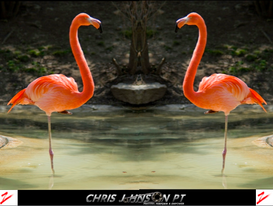




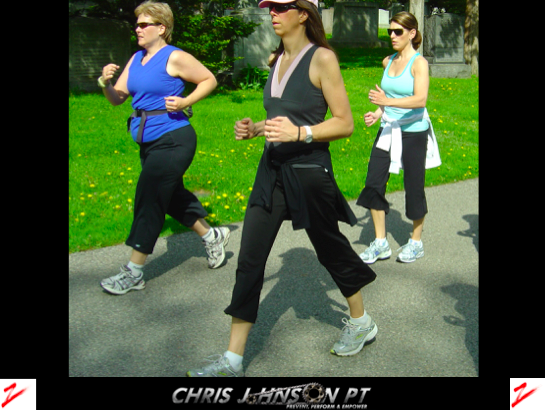

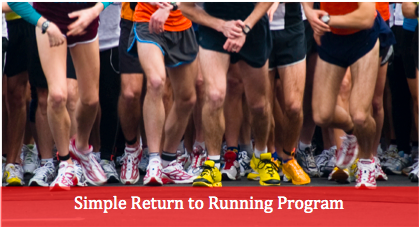
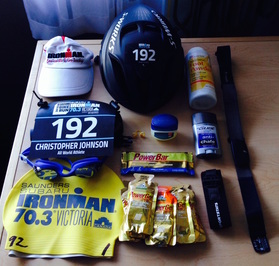
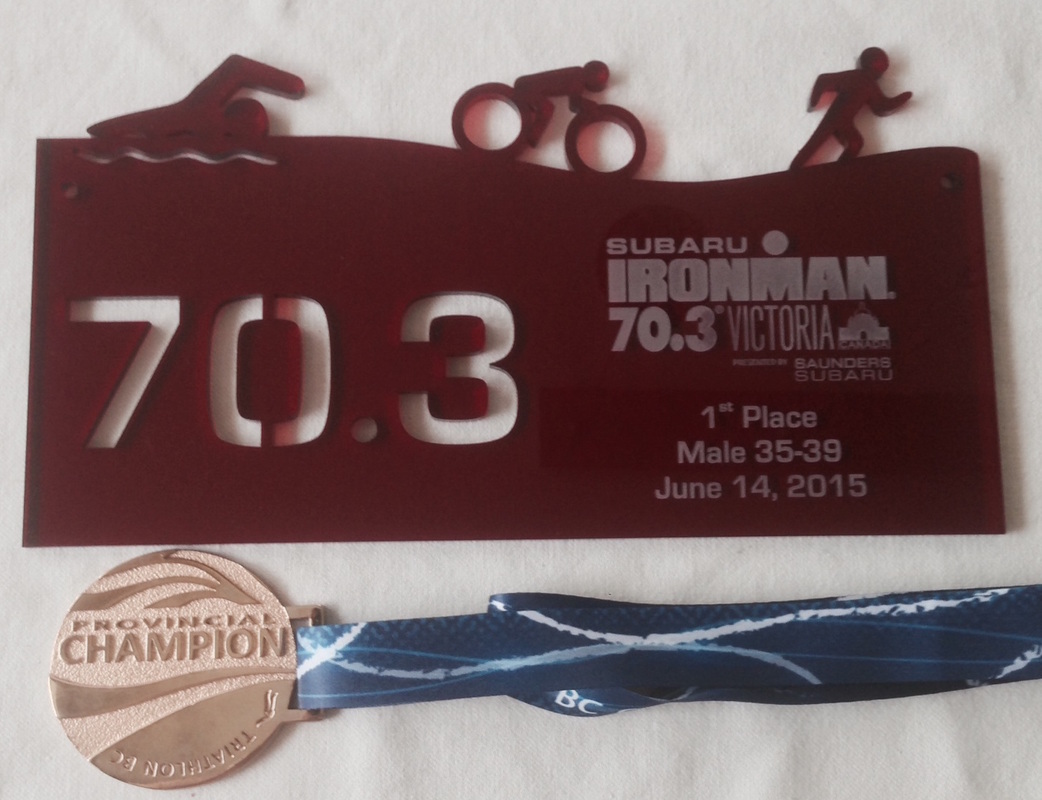
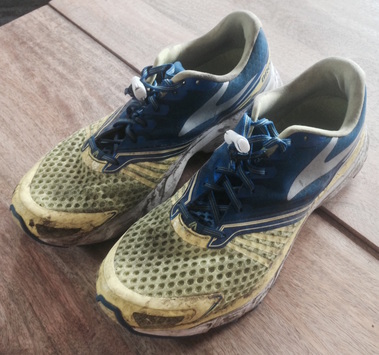
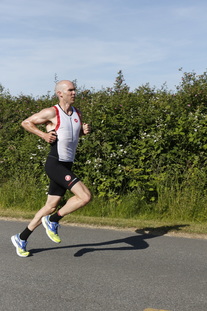
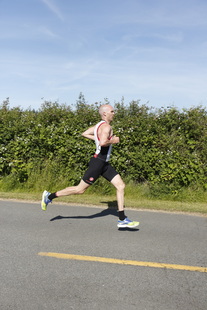
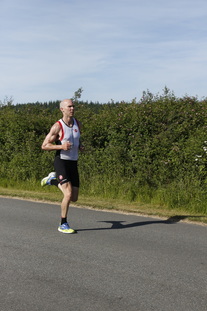
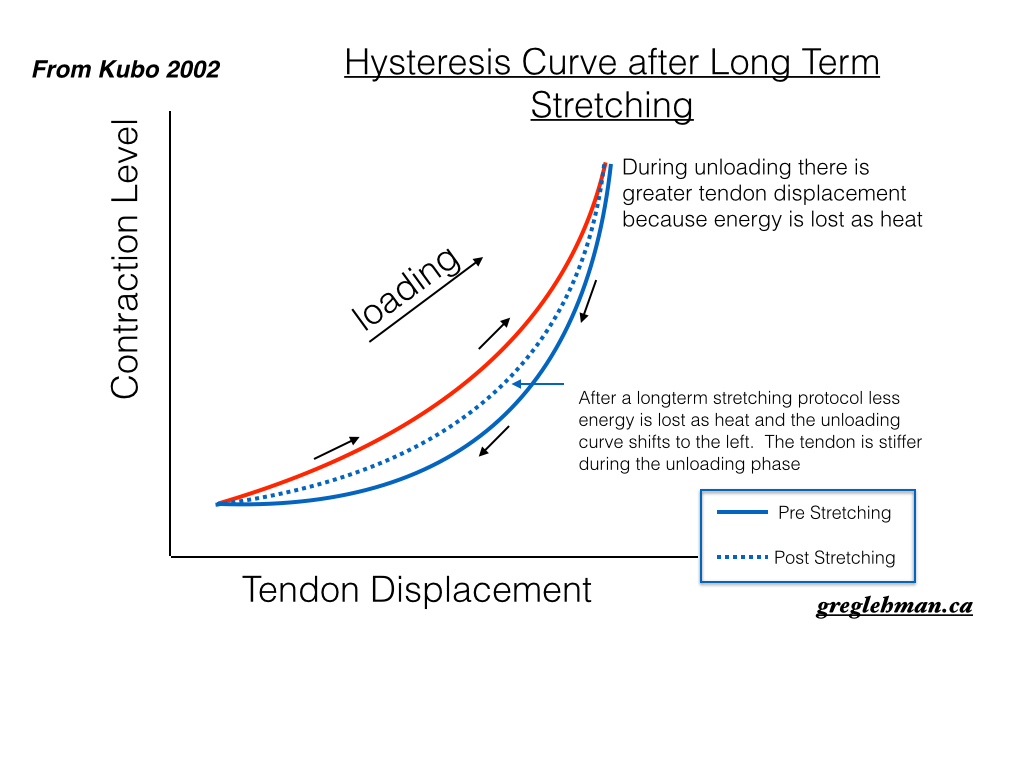

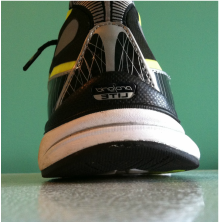
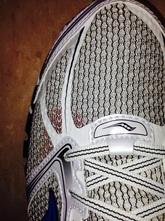
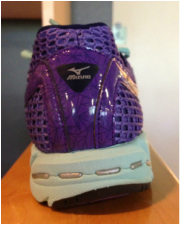


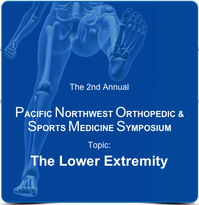

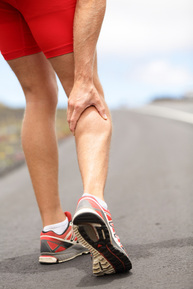
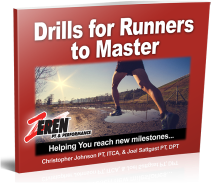
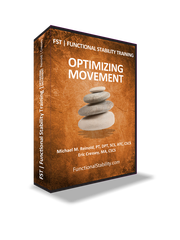
 RSS Feed
RSS Feed